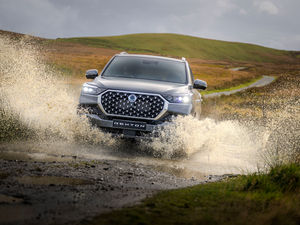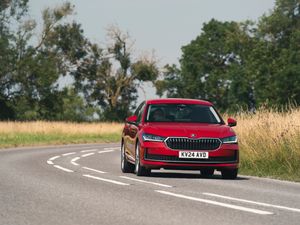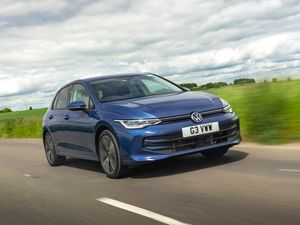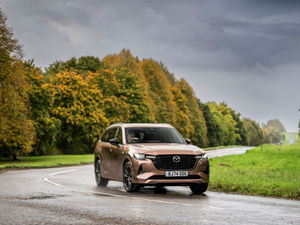Audi SQ8 e-tron: Getting used to life with an EV
James Baggott has swapped a raucous petrol Audi estate for a high-riding electric SUV from the manufacturer – here’s how he’s been getting on.

I’m a couple of months into life with an electric car now and it’s starting to settle into my daily routine a little better than at the start.
It’s fair to say that when I first took ownership of our long-term Audi SQ8 e-tron, the transition from a superfast Audi RS6 to an electric SUV was a little bit of a shock to the system.
But like all drivers who make the switch – and that will be all of us, eventually – you begin to accept the things an EV can do well, and those that it can’t.
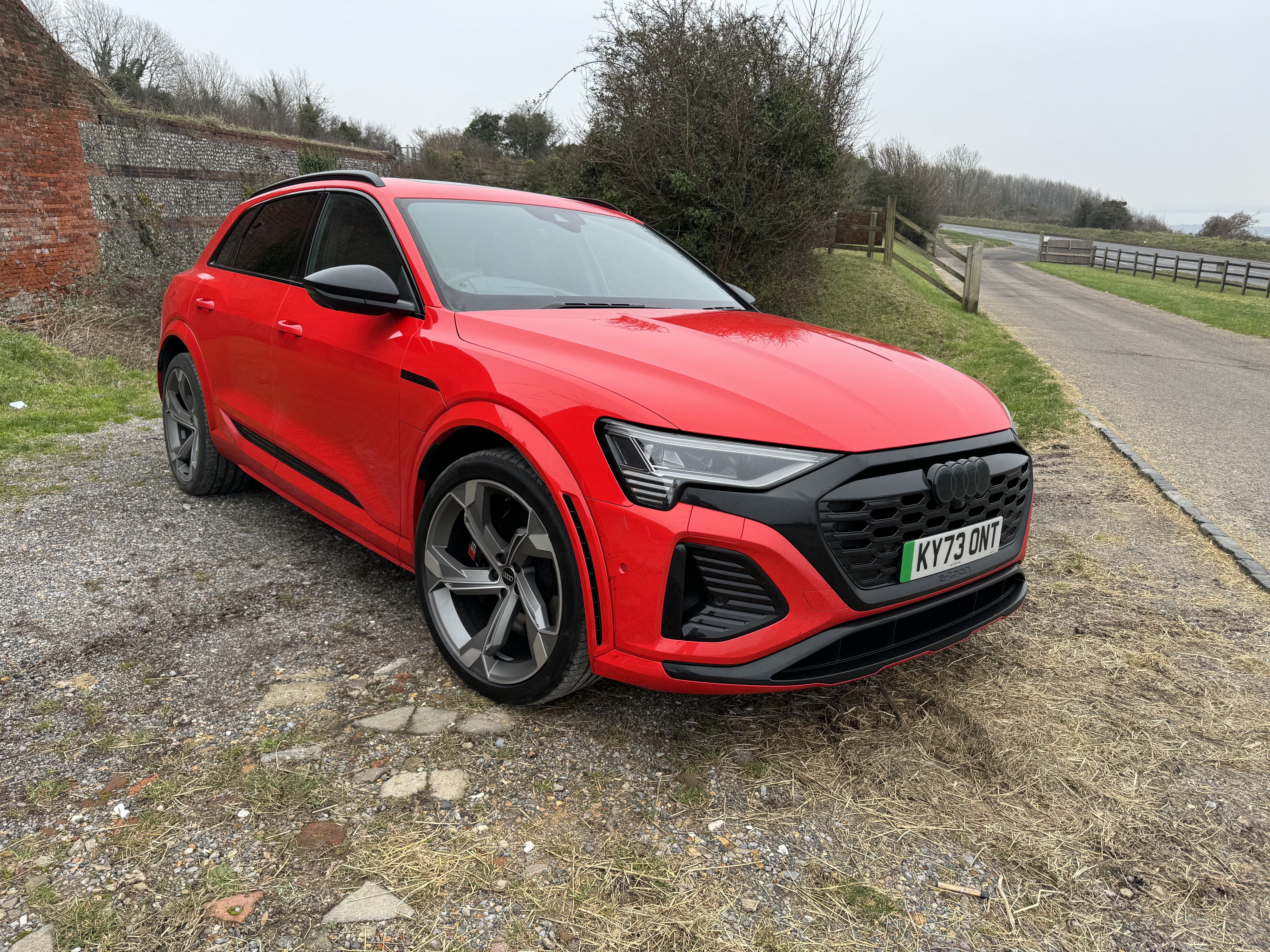
Let’s start with the good bits. If you haven’t driven an EV before the instant power available at junctions and when overtaking can come as somewhat of a revelation. The second you push the accelerator down hard, EVs pick up and go and in a world where modern diesels are often restrained by emissions and stuttering gearboxes it’s a welcome change.
There’s also the convenience of them if you don’t have to travel too far. I always tell people who ask that an EV is currently perfect for those who can charge at home (vital) and never do long-distance driving. If you spend most of your time pottering around town, dropping the kids off at school or just going to the shops, and your trips are short, then an EV is ideal. You can plug it in when you get home and, just like your mobile phone, in the morning it will be topped up and ready to go.
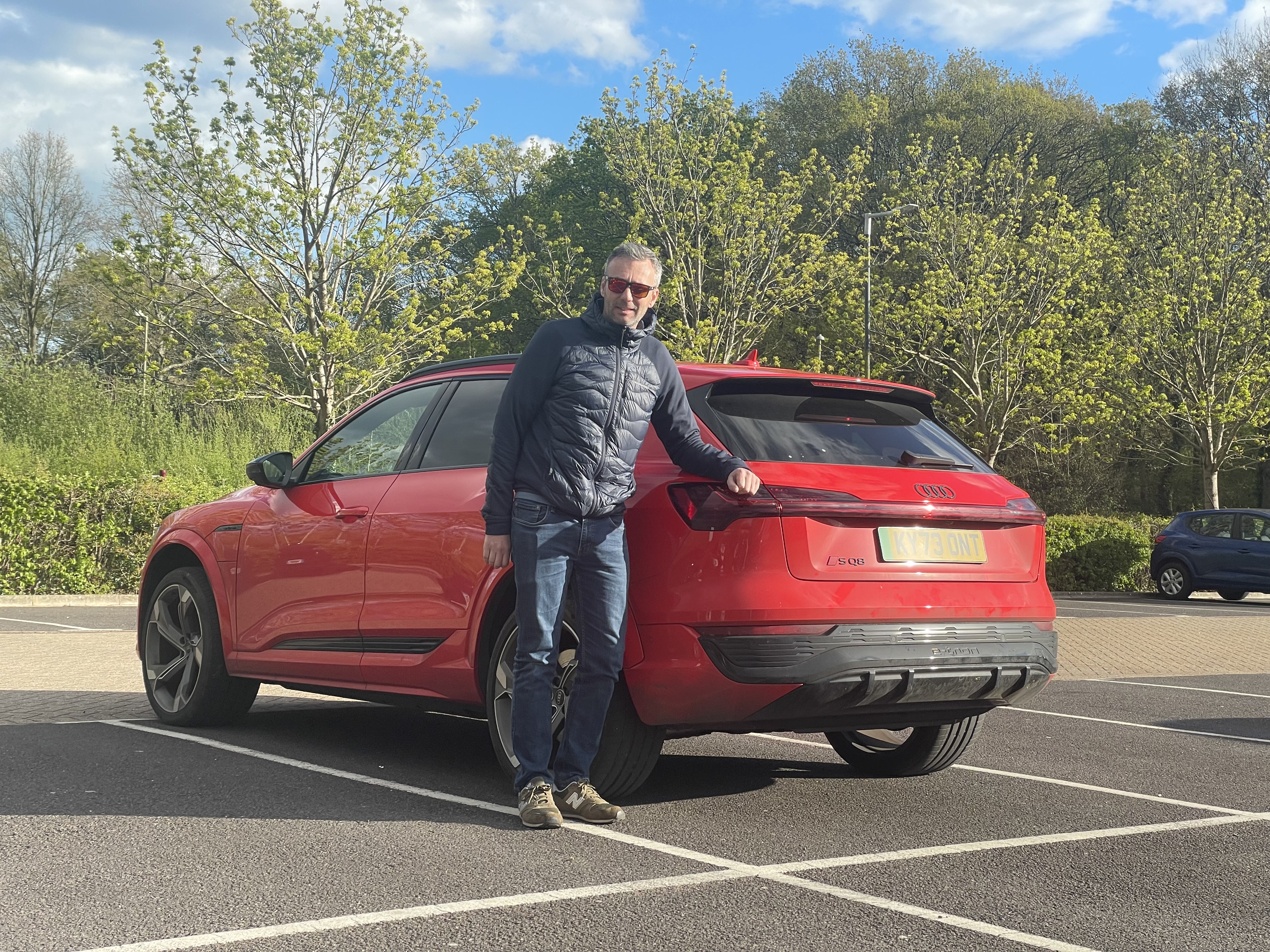
Fuel station queues, smelly petrol-smeared hands and overpriced coffee on the go will be a long-forgotten thing of the past.
However, if you need to make longer journeys – and I’d go as far to say as even only occasionally – then EVs become a headache. Public charging is poor. I last ran an electric car three years ago and it’s not got much better in that time. In fact, there are now even more EVs on the road and charging infrastructure hasn’t kept up at the same pace, which makes long trips incredibly stressful as more people are fighting for chargers. That’s not to mention the fact they’re often not working when you get to them.
That’s why the SQ8 mostly lives a sheltered life around town, doing the short trips I’ve described. Despite this, I wouldn’t say having an EV has saved me any money on fuel. I did some comparisons with the Audi RS6 I ran before this and the cost of fueling both on a monthly basis has been surprisingly similar.
Now this is where it gets a little complicated but it comes down to electric home tariffs. I work from home so getting an overnight cheap rate tariff would actually work out more expensive, so I’ve stuck with a fixed fee that gives me the same price per kW at all times.

We use the electric car in exactly the same way as we did with the turbocharged V8 RS6 and our bills are pretty much on par. A charge to fill the 114kw battery costs around £40 at home and that gets me around 200 miles of range. That’s roughly £80 for 400 miles. The RS6 cost around £100 to fill up and on average I got about 450 miles out of a tank of fuel. That’s quite a stark comparison, isn’t it?
It also takes a very long time to charge at home. I have a 7kW charger – twice as fast as the standard ones – and it takes on average around 17 hours to top the battery up from about 60 miles of range to full (220 miles range). Ok, on a public fast charger that’s a lot quicker but there you’ll pay more than double for a charge that you will at home.
The SQ8 is based on a rather old e-tron platform that will soon be replaced by the Q6 which has a longer range and far fresher tech. But that’s not to say this Audi feels outdated. As you’d expect for a car costing such a vast sum of money, the SQ8 e-tron is packed with tech. The multimedia system has had some tweaks for 2024 and I find it, in parts, a little clumsier than the one that went before it, but it’s still world’s apart from some premium rivals.
I love the touchscreens and the fact you can customise some of the buttons to do things you interact with the most. I have one that puts my favourite radio station on and another that turns the speed limit warning bongs off and I use them both every time I get in the car.
Options on this test model include the lairy Soneira Red metallic paint – it’s more orange than red, and costs a whopping £1,495. The grey leather interior is very classy and hard wearing – handy when it’s mostly being abused by an 18-month-old in the back.
Space-wise, despite it being absolutely huge to look at, it doesn’t feel all that big inside. With an ISOFIX car seat in the rear, the little one’s feet are touching the seat if an adult sits up front. The boot is reasonably capacious but sadly doesn’t feel nearly as roomy as that in my much-missed RS6.
Frustratingly, some of the tech is a little over sensitive too. I’ve had a number of occasions where the brakes have been slammed on for me as the car has feared an accident was imminent. On all occasions there really wasn’t.
The Audi has something called ‘cross traffic assist’ that scans for cars coming from both sides. On one recent occasion, it got very angry at a roundabout and refused to let me join the flow, instead ramming on its brakes in an emergency stop fashion much to mine, and my passengers’, necks’ frustration.
But there’s lots of tech in the car I do love. The keyless entry system works a treat, the powered door closure is a luxury touch and the Bang & Olufsen sound system is a real treat. And the front and outer rear seats are also heated which has been a pleasantly warming touch on colder mornings.
I’ve even managed to get the car hooked up to the Audi App which was a bit of a faff, but I’m glad I persisted. You can check on how the charging is going (mostly slowly) and importantly pre-warm the car on frosty mornings.
On the whole, life with an EV hasn’t been too bad but that’s mostly because I’ve restricted usage to shorter journeys. If I need to travel anywhere where public charging would be needed I simply don’t use the car and travel with a colleague instead. I know there are many people out there using their EVs over longer distances, but even they will admit the public charging infrastructure is a lottery and, if I’m honest, I just don’t need the extra stress in my life.
However, the big question I’d like to answer by the end of this test is: Would I buy an EV with my own money? Currently, I’m not quite so sure, but in a few months time I hope to have an answer for you.


